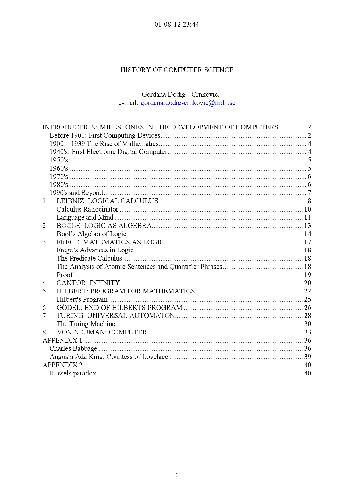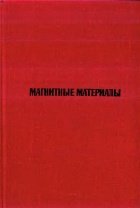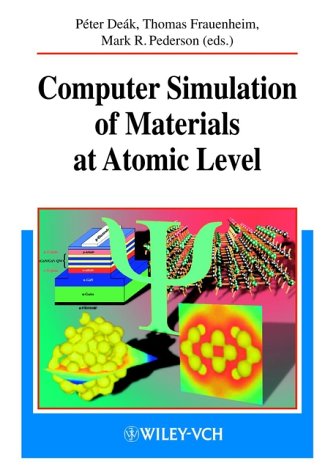Jose Carlos del Toro Iniesta0521818273, 9780521818278, 9780511042782
Table of contents :
Cover……Page 1
Half-title……Page 3
Title……Page 5
Copyright……Page 6
Dedication……Page 7
Contents……Page 9
Preface……Page 13
Acknowledgements……Page 17
1 Historical introduction……Page 19
1.1 Early discoveries in polarization……Page 20
1.2 A mathematical formulation of polarization……Page 22
1.3 Discovery of the Zeeman effect……Page 23
1.4 Radiative transfer for polarized light……Page 24
Recommended bibliography……Page 25
2 A review of some basic concepts……Page 27
2.1 Light as an electromagnetic wave……Page 28
2.2 The monochromatic, time-harmonic plane wave……Page 30
2.3 The polarization tensor……Page 31
2.4 The Stokes parameters of a monochromatic, time-harmonic plane wave……Page 34
Recommended bibliography……Page 36
3.1 Polychromatic light as a statistical superposition of monochromatic light……Page 37
3.2 The quasi-monochromatic plane wave……Page 39
3.3 The polarization tensor and the Stokes parameters of a quasi-monochromatic plane wave……Page 40
3.4 Degree of polarization and the Poincaré sphere……Page 42
3.5 Measuring the polarization state of quasi-monochromatic light……Page 47
3.6 A further perspective on polarization properties……Page 51
Recommended bibliography……Page 53
4.1 Propagation of light through anisotropic media……Page 54
4.1.1 Measurable effects of anisotropy……Page 58
4.2 The extraordinary index of refraction and the energy propagation direction……Page 60
4.3 Some notational conventions……Page 62
4.5 The Mueller matrix and some of its properties……Page 63
4.6.1 Rotation of the reference frame……Page 67
4.6.2 The linear analyzer–polarizer……Page 68
4.6.4 The linear retarder……Page 71
4.6.5 The Mueller matrix of an optical train……Page 72
4.7 Spatial and temporal modulation……Page 73
4.7.1.1 The Babinet compensator……Page 74
4.7.1.2 The double birefringent plate……Page 75
4.7.1.3 Polarizing beam splitter……Page 77
4.7.2 Temporal modulation……Page 79
Recommended bibliography……Page 80
5 Solar polarimetry……Page 82
5.1 Environmental polarization……Page 83
5.1.1 Seeing-induced polarization……Page 84
5.1.2.1 Telescope polarization……Page 88
5.1.2.2 Spectrograph polarization……Page 89
5.1.2.3 Detector polarization……Page 90
5.2 The polarization analysis system……Page 92
5.2.1 The optimum modulation matrix……Page 94
5.2.2 The optimum demodulation matrix……Page 96
5.3.1 ZIMPOL……Page 97
5.3.2 ASP……Page 99
5.3.3 TIP and LPSP……Page 100
5.4 A practical discussion of polarimetric efficiencies……Page 101
Recommended bibliography……Page 102
6 Absorption and dispersion……Page 105
6.1 Light propagation through low-density, weakly conducting media……Page 106
6.2 Absorption and dispersion profiles……Page 109
6.3 A correction from quantum mechanics……Page 113
6.4 Accounting for thermal motions in the medium……Page 115
6.5 Spectral line absorption in moving media……Page 118
Recommended bibliography……Page 119
7 The radiative transfer equation……Page 120
7.1 A little geometry……Page 121
7.2 Variations of the coherency matrix along the ray path……Page 123
7.3 Variations of the Stokes parameters along the ray path……Page 124
7.4 Some properties of the propagation matrix……Page 127
7.5 Emission processes……Page 130
7.6 The RTE for spectral line formation……Page 133
7.7 Radiative transfer through isotropic media……Page 134
7.8 Propagation along the optical axis and in a perpendicular direction……Page 135
Recommended bibliography……Page 138
8.1 The Lorentz model of the electron……Page 139
8.1.1 Symmetry properties of the propagation matrix elements……Page 144
8.2 LS coupling……Page 145
8.3 The Zeeman effect……Page 147
8.3.1 Allowed atomic transitions……Page 149
8.3.2 The Zeeman pattern……Page 150
8.3.3 Relative intensities of the Zeeman components……Page 154
8.4 The elements of the propagation matrix……Page 155
8.4.1 The effective Zeeman triplet……Page 157
8.5 The RTE in the presence of a magnetic field……Page 164
Recommended bibliography……Page 165
9.1 The model atmosphere……Page 167
9.2.1 Symmetry properties of the solution……Page 168
9.2.3 Solving the inhomogeneous equation……Page 170
9.2.4 The action of macroturbulence on the Stokes profiles……Page 171
9.3 Actual (numerical) solutions of the RTE……Page 172
9.4 Simple solutions of the RTE……Page 176
9.4.1 The Milne–Eddington atmosphere……Page 177
9.4.2 Longitudinal magnetic field……Page 178
9.5 Simple diagnostics……Page 180
Recommended bibliography……Page 181
10 Stokes spectrum diagnostics……Page 183
10.1.1 The isotropic case……Page 184
10.1.2 The anisotropic case……Page 188
10.2 Height of formation of spectral lines and the fundamental ill-definition of the CFs……Page 191
10.3 The sensitivities of Stokes profiles……Page 193
10.3.1 Linearization of the RTE and response functions……Page 194
10.3.2.2 Sensitivities at various optical depths……Page 203
10.3.2.3 Resemblance of CFs and RFs to T……Page 204
10.3.2.5 Response functions to constant perturbations……Page 205
10.4 A theoretical description of measurement……Page 207
10.4.1 Generalized response functions……Page 209
10.4.2 An example……Page 210
10.4.3 Understanding measurements theoretically……Page 212
10.4.3.1 Heights of formation for measurements……Page 214
Recommended bibliography……Page 216
11 Inversion of the RTE……Page 217
11.1 The x merit function……Page 219
11.1.1 Derivatives of the x merit function……Page 220
11.2 The Marquardt method……Page 222
11.2.1 Error calculation……Page 224
11.2.2 Problems in practice……Page 226
11.3 Parameters at the nodes and equivalent response functions……Page 227
11.4 Less significant parameters and singular value decomposition……Page 230
11.4.1 Modified singular value decomposition……Page 232
11.5 An example……Page 234
Recommended bibliography……Page 236
Index……Page 238







Reviews
There are no reviews yet.